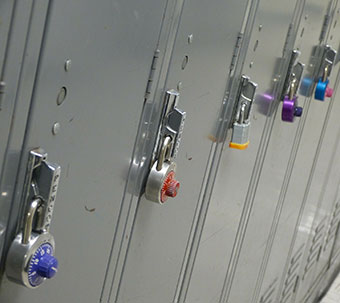Massillon City Schools Teaching Case
Measures of District Performance
District Attendance
The overall district attendance rate in the Massillon City Schools was about 94% for 2012-13 through 2015-16, declining to 92% in 2016-17. In 2016-17, Washington High School recorded a very high “chronic absenteeism” rate of more than 41%.
Reflective Questions
During the 2016-17 school year, Ohio established the definition of chronic absenteeism as missing 10% or more of the school year for any reason. That limit can be reached with as few as two absences per month. Although figures were not available for all Ohio schools, a rough comparison of Washington High School’s 2016-17 chronic absenteeism rate with the rates at 10 other Ohio high schools showed that 9 of the 10 other schools had rates of about 20% or less, and 1 of the 10 had a rate of about 31%. Washington High School topped the field with its rate of more than 41%.
- What might account for the extraordinarily high rate of absenteeism at Washington High School?
- What might be some strategies that the Massillon City Schools could adopt to reduce chronic absenteeism throughout the district, and particularly at the high school?
Disciplinary Actions

Across the five school years from 2012-13 through 2016-17, the overall rate of disciplinary actions in Massillon increased from 21 per 100 students to 33 per 100, a comparative rise of more than 50%. The biggest increase occurred for Multiracial students, from 24 to 43 per 100—a comparative rise of about 80%. Also very large was the increase for students identified with disabilities (from 36 to 61 per 100), a comparative rise of about 70%. The rates of disciplinary actions increased by about 50% for both Black students (from 51 to 77) and White students (from 17 to 26).
Discipline rates declined for Hispanic students (from 19 to 12 per 100, a comparative decline of about 40%) and for LEP students (from 4.2 to 3.7 per 100, a very small decline of about half a percentage point). LEP students exhibited by far the fewest disciplinary actions per 100 students across the five-year period.